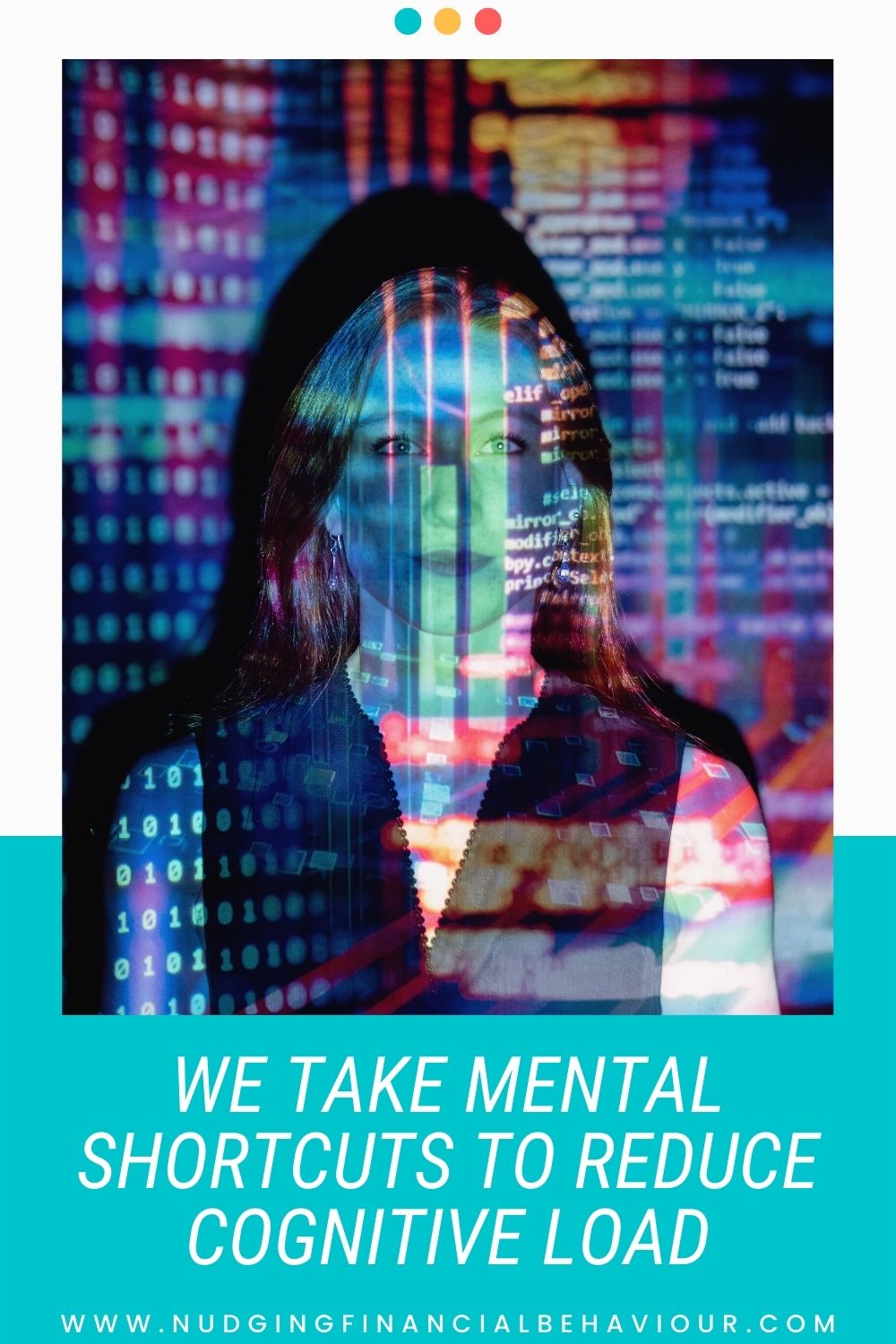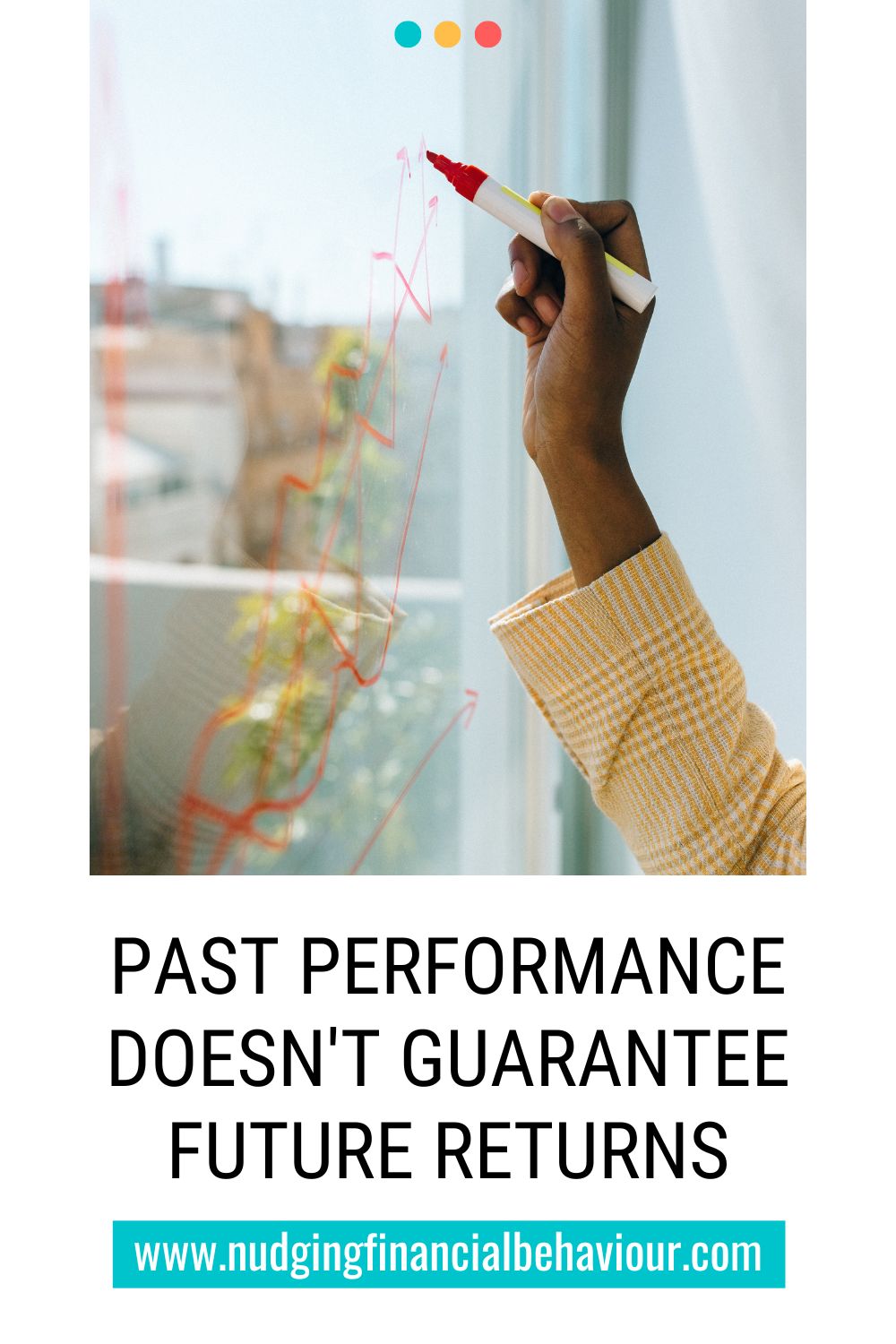As much as we like to think that we’re objective human beings that make decisions based on appropriate information, time and again behavioural science tells us otherwise. Our cognitive biases result in us making decisions based on mental shortcuts. In this post, we’re discussing our stereotypes. Conjunction fallacy, base-rate fallacy and representativeness heuristic all deal with how we make associations that we shouldn’t.
Let’s start with some audience participation… Let’s say I conducted the following health survey on a sample of adult men of all ages and occupations in your city.
Now, compare your two answers.
For most people, the percentage estimated is higher for question a), than for question b).
If that’s how you answered, consider your estimates carefully, because they’re wrong!
There will always be more people who’ve had a heart attack, than people who’ve had a heart attack and are over the age of 60 years. Think through it again… question a) is merely a subset of question b). But, we are influenced by the narrative in question a) rather than the logic of the analysis.
This is known as conjunction fallacy. It explains our faulty reasoning where we think a conjunction of two ideas is more probable than just the one idea. This is also why detailed explanations are often more believable than general ones.
Remember that every day our minds need to deploy knowledge to carry out an array of cognitive tasks. These range from perceptive to reasoning to decision making and motor skills. This is some heavy lifting. To add weight to this, often the facts we deal with are uncertain. And often we are surprised by information that requires us to entirely reassess our status quo. Because of our limited cognitive resources, we need to take mental shortcuts to reduce the cognitive load.
Conjunctions and details are one thing. But we also make associations between things that are often tenuous. Why do we do that? Well, it helps us with making decisions. But it also means we’re making judgments based on stereotypes. Yes, I said it. We stereotype. And representativeness heuristic is the nice name we’ve given it (it would be too brazen to call it stereotyping bias).
With representative heuristics, we tend to judge things by how they appear, rather than how statistically likely they are. Share on XWhenever we encounter something new, be that a person, investment, business – we classify it based on how closely it resembles a stereotype.
According to the fathers of behavioural finance, psychologists Amos Tversky and Daniel Kahneman (1972), the representativeness heuristic is defined as:
The probability of an event, or a sample, is determined by the degree to which it: (i) is similar in essential characteristics to its parent population, and (ii) reflects the salient features of the process by which it is generated.

In reality, we haven’t lived long enough to generate enough data to do these kinds of comparisons. And when we engage in such pattern-making we’re victim to the law of small numbers. The representativeness heuristic bias also gives rise to the base rate fallacy. That’s where we view an object or event as highly representative and make poor judgments based on that only, without pausing to consider base rates.
We’re not even aware that we do this because it’s an automatic mental shortcut that we use. We see similarity between objects or circumstances and that impairs our ability to assess the probability of an event. So, we make the mistake of believing two similar things or events are more correlated than they actually are.
In reality, we haven’t lived long enough to generate enough data to do these kinds of comparisons. And when we engage in such pattern-making we’re victim to the law of small numbers. The representativeness heuristic bias also gives rise to the base rate fallacy. That’s where we view an object or event as highly representative and make poor judgments based on that only, without pausing to consider base rates.
We’re not even aware that we do this because it’s an automatic mental shortcut that we use. We see similarity between objects or circumstances and that impairs our ability to assess the probability of an event. So, we make the mistake of believing two similar things or events are more correlated than they actually are.

Did you do it again? Are you stereotyping?
You can also pass some blame to the availability heuristic here. We’re not good at searching all of our memory for the best answer, we rather recall something that more or less fits that which we can easily bring to mind. It’s why most people invest in well-known and popular shares, as an example.
Representativeness can help us in grouping together things that have shared qualities. And it’s often a self-fulfilling prophecy in that “birds of a feather, flock together”, but it’s a bias that limits opportunities. It superficially explains things but is flawed when predicting human behaviour. This is problematic if you’re trying to solve real-life problems, particularly those that involve money (hello behavioural psychology).
The whole idea of a stereotype is to simplify. Instead of going through the problem of all this great diversity – that it’s this or maybe that – you have just one large statement; it is this.
With representativeness heuristic, we see similarity between objects or circumstances and that impairs our ability to assess the probability of an event. So, we make the mistake of believing two similar things or events are more correlated than they actually are.
This is where the whole “past performance doesn’t guarantee future returns” comes from. Just because a company has seen high growth for the past five years doesn’t necessarily mean that trend will continue indefinitely into the future.
But come on, we all do it!
We believe that a history of good performance is representative of an overall performance that the company will continue to show in the future. But the future value of a business can actually only be estimated by discounting future cash flows! What a tedious exercise!!! So we substitute that with a simpler, although unfounded, analysis.
We take mental shortcuts rather than applying thought. Does that sound familiar? Mental shortcuts? That’s System 1 thinking!

This is where the whole “past performance doesn’t guarantee future returns” comes from. Just because a company has seen high growth for the past five years doesn’t necessarily mean that trend will continue indefinitely into the future.
But come on, we all do it!
We believe that a history of good performance is representative of an overall performance that the company will continue to show in the future. But the future value of a business can actually only be estimated by discounting future cash flows! What a tedious exercise!!! So we substitute that with a simpler, although unfounded, analysis. We use our prior experience, rather than fundamentals, to set unique reference points when making our investment decisions.
We take mental shortcuts rather than applying thought. Does that sound familiar? Mental shortcuts? That’s System 1 thinking!

For the financial planners reading this… your clients are seeing the fall in the market and they are worried that the movement is going to continue. It doesn’t matter how many times you show a graph of upward growth with volatility, when we’re sitting in the dip, that’s all we can see.
Remember, after the Great Depression, adjusted for inflation – it took two decades for the market to return to its previous level. Two decades! It’s not entirely unfounded when we look at the current short-term crash and fear it getting worse!
So there’s this sort of hangover of fear at the moment. Which creates panic selling and knee-jerk reactions because there’s so much anxiety.

I often hear people say that because they had a bad experience with a particular person, profession, restaurant, etc., they’ll never engage with them again. I really empathise with financial planners in this regard. Unfortunately, the profession is incorrectly incentivised and poorly regulated and because of that, many have been victims of bad advice. Following that experience, a broad-brush stroke is painted over all financial planners. Many who really need some financial advice, will refuse to speak to any financial planner. This is unhelpful!
Ever heard someone say: “all men are dogs”. Many are, but not all. The curious thing about this statement is that it reminds every impressionable woman that most men can’t be trusted and protects us from getting involved with a guy who might hurt us. But it also incorrectly teaches us to push all men away. Again, this is unhelpful.
I often hear people say that because they had a bad experience with a particular person, profession, restaurant, etc., they’ll never engage with them again. I really empathise with financial planners in this regard. Unfortunately, the profession is incorrectly incentivised and poorly regulated and because of that, many have been victims of bad advice. Following that experience, a broad-brush stroke is painted over all financial planners. Many who really need some financial advice, will refuse to speak to any financial planner. This is unhelpful!

Ever heard someone say: “all men are dogs”. Many are, but not all. The curious thing about this statement is that it reminds every impressionable woman that most men can’t be trusted and protects us from getting involved with a guy who might hurt us. But it also incorrectly teaches us to push all men away. Again, this is unhelpful.
Thinking is difficult, that's why most of us judge instead. Share on XYou can’t really avoid this one. But you can lessen its impact by endeavouring to do proper research before you make superficial comparisons. Any small downturn in the market and we hear people comparing it to the Great Depression (I cannot tell you the number of people who have mentioned the Great Depression to me during the chaos currently being experienced in the financial markets). We’re making lazy comparisons. Just because something reminds you of something else doesn’t mean it’s similar.
Did you know that a strawberry is not really a berry but that a banana is? Case in point – do some research!
Leave us a text in the comments below.
Leave us a text in the comments below.
I am passionate about helping people understand their behaviour with money and gently nudging them to spend less and save more. I have several academic journal publications on investor behaviour, financial literacy and personal finance, and perfectly understand the biases that influence how we manage our money. This blog is where I break down those ideas and share my thinking. I’ll try to cover relevant topics that my readers bring to my attention. Please read, share, and comment. That’s how we spread knowledge and help both ourselves and others to become in control of our financial situations.

Dr Gizelle Willows
PhD and NRF-rating in Behavioural Finance
Receive gentle nudges from us:
[user_registration_form id=”8641″]
“Essentially, all models are wrong, but some are useful.” – George E.P. Box
